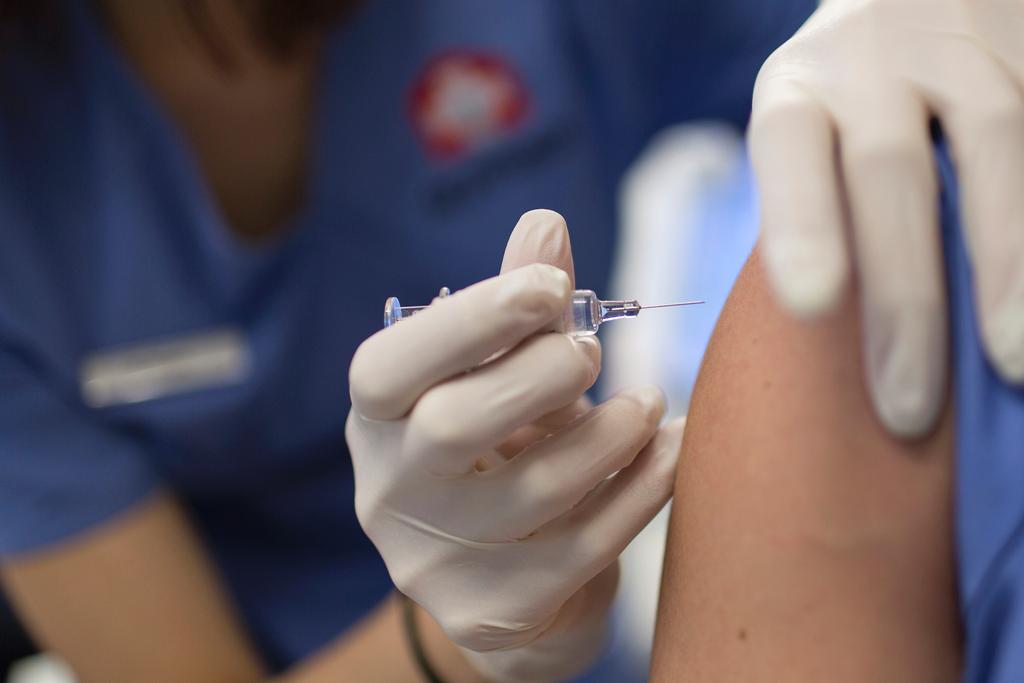Researchers identify HIV-fighting protein

A team of scientists that includes researchers from the University of Geneva has identified a protein that significantly decreases the ability of the HIV-1 virus to infect human cells.
When a bank robber escapes with a bag of cash, usually a security feature called a dye pack explodes, branding the stolen goods – and the criminal – to help raise the alarm. Now, scientists have identified an antiretroviral protein called SERINC5 that acts a lot like a dye pack: it warns healthy cells when the HIV-1 virus is attempting to infect them.
Scientists already knew that HIV carries a protein called Nef, which makes the virus more infectious to human cells. In new studies, researchers from the University of GenevaExternal link have collaborated with scientists in Italy and the United States to pinpoint exactly how Nef manages this.
By studying the interaction of 31 different human cell lines with the Nef protein, Federico Santoni and Stylianos Antonarakis of the University of Geneva Department of Genetic Medicine and Development, together with lead author Massimo Pizzato of the University of Trento, discovered that SERINC5 is a membrane protein that can counteract HIV. However, Nef normally knocks it out as part of the virus’s weakening of human immune responses.
“When the virus replicates in a cell, it utilises Nef in order to neutralise a specific protein whose function is to protect this cell against HIV. Our goal was therefore to identify this unknown protein to understand why some cells are more susceptible to HIV than others,” explained Santoni in a statement.
Raising the alarm
To test this mechanism, the researchers created an HIV strain that lacked the Nef protein, meaning it was unable to silence SERINC5 as usual. Without Nef, HIV was able to infect a cell as it normally would – but upon detaching from the cell, the virus inadvertently took some SERINC5 along with it. Once the virus arrived at another cell for a fresh round of infection, the SERINC5 immediately raised the alarm, alerting the cell to the virus’s presence and preventing further infection.
The authors think that understanding exactly how Nef and SERINC5 interact could help researchers develop antiretroviral treatments for HIV.
“We now need to carry on working on this defensive mechanism to evaluate how to exploit this flaw in new therapeutic strategies, either by strengthening the presence of SERINC5 in all cells, or by modifying its structure to enable it to escape Nef inhibition,” Santoni said.

In compliance with the JTI standards
More: SWI swissinfo.ch certified by the Journalism Trust Initiative



You can find an overview of ongoing debates with our journalists here. Please join us!
If you want to start a conversation about a topic raised in this article or want to report factual errors, email us at english@swissinfo.ch.